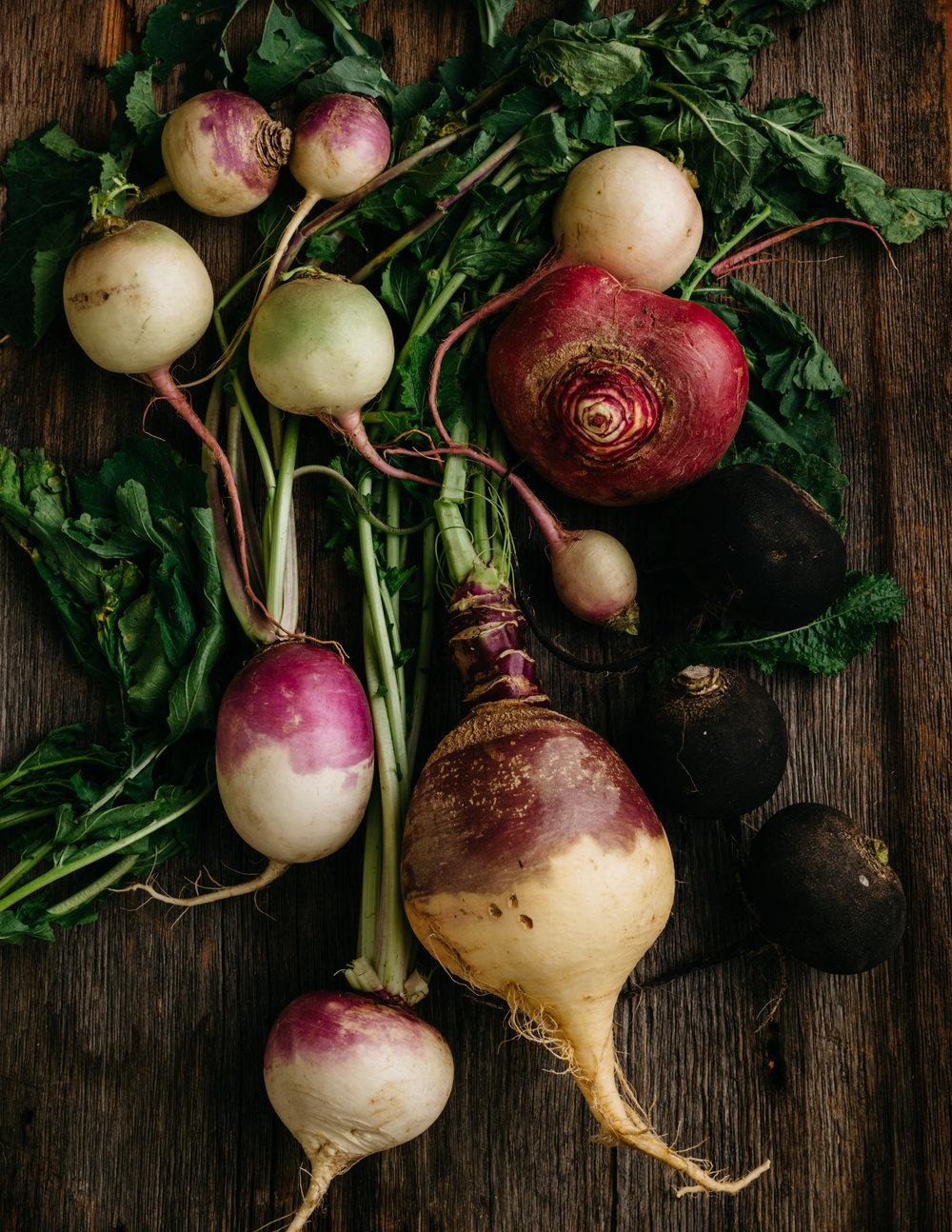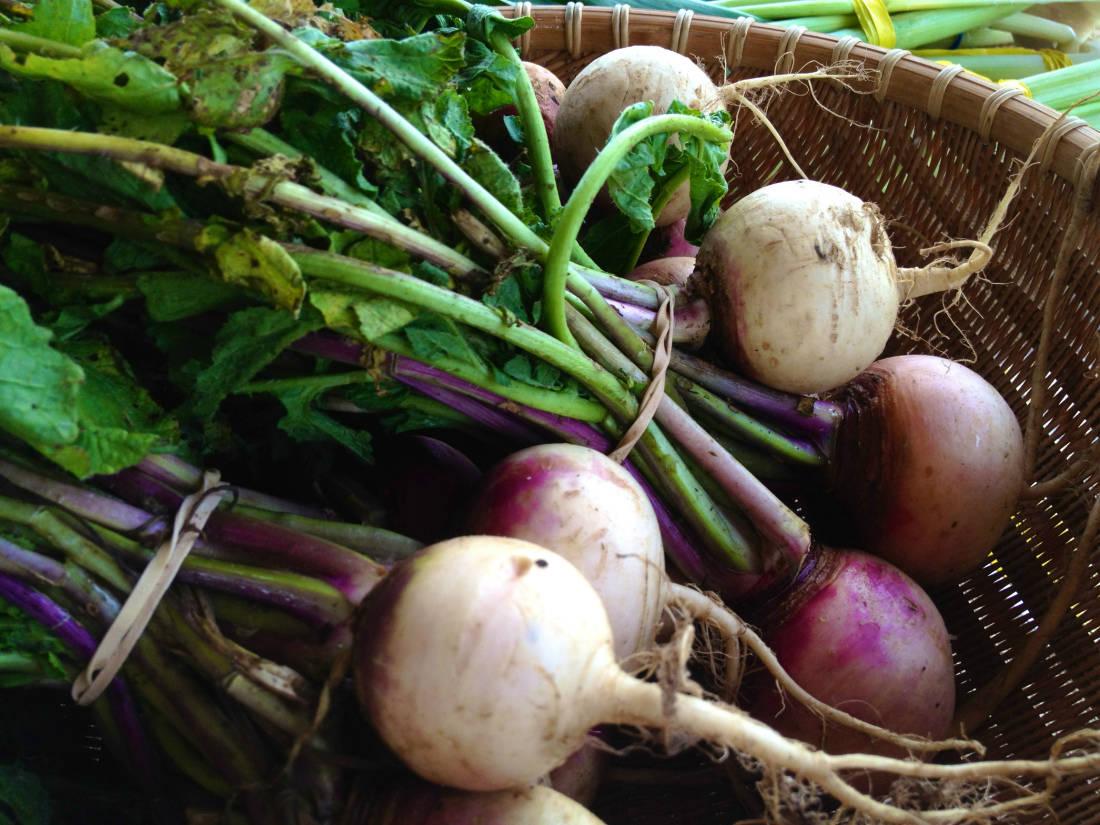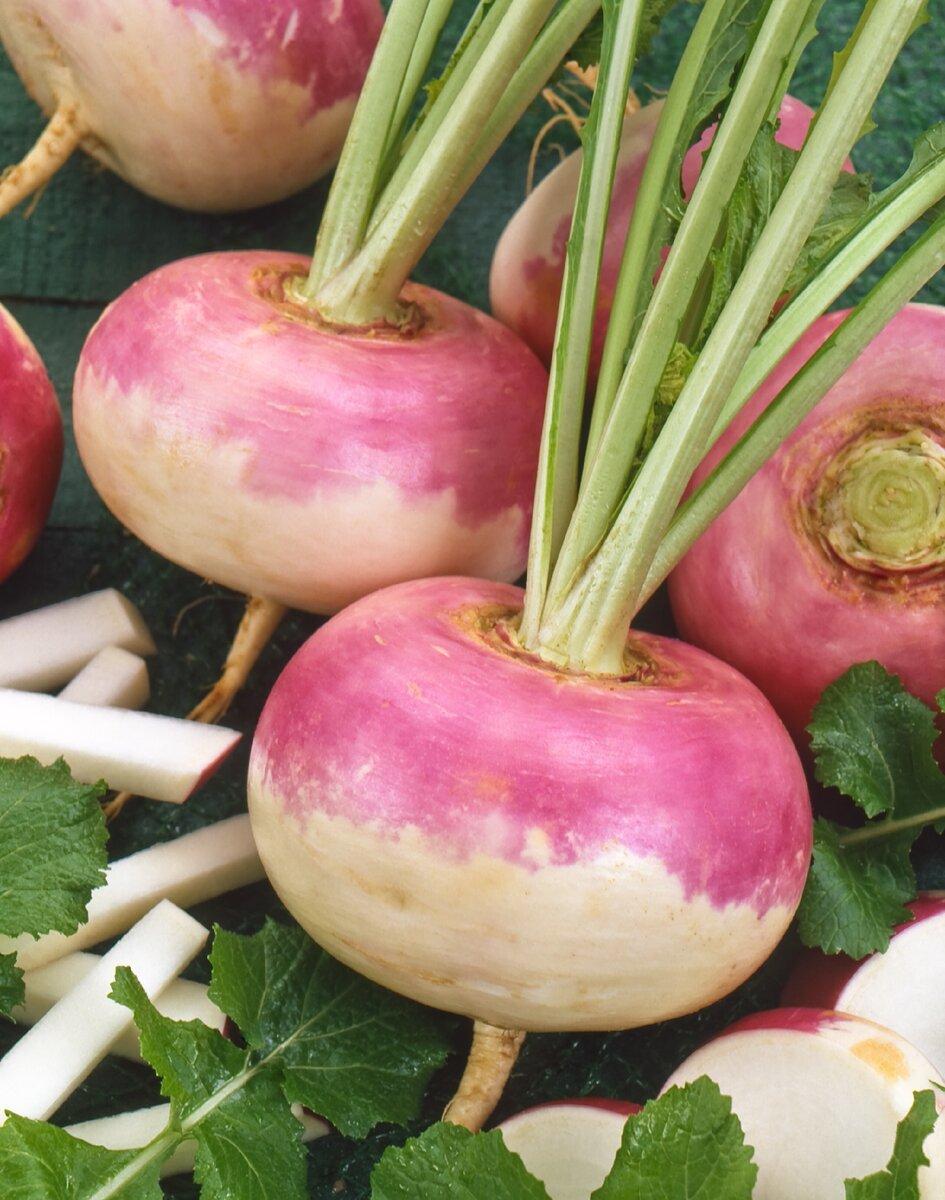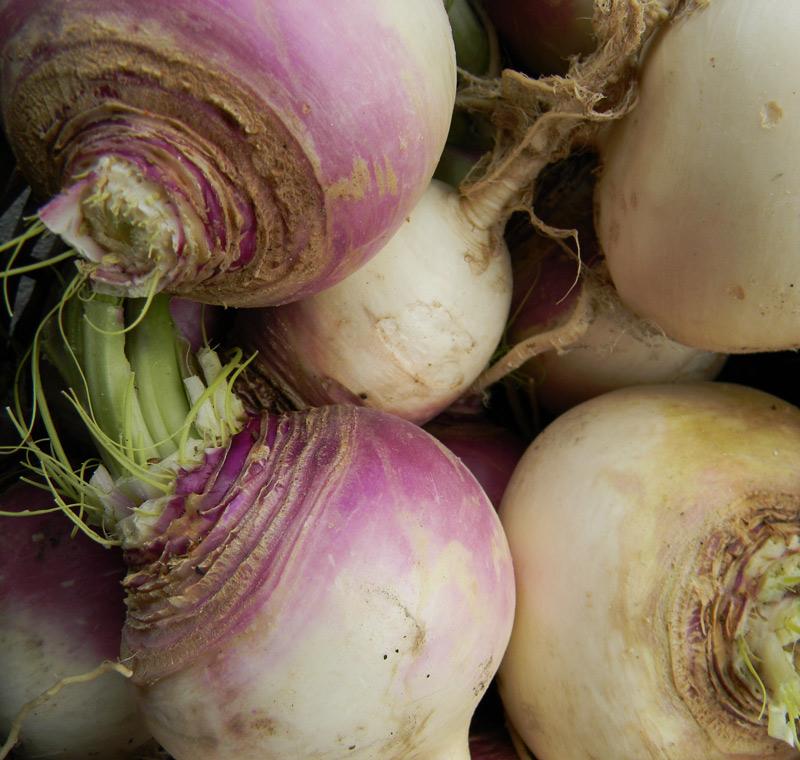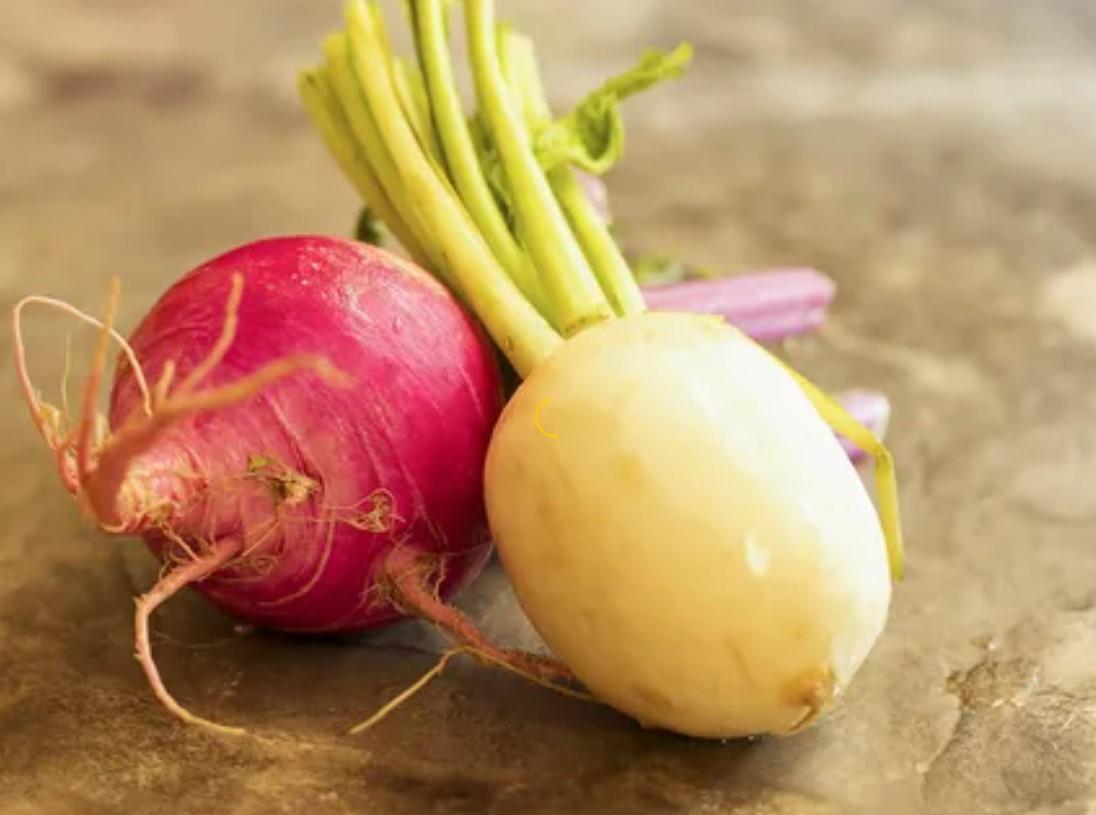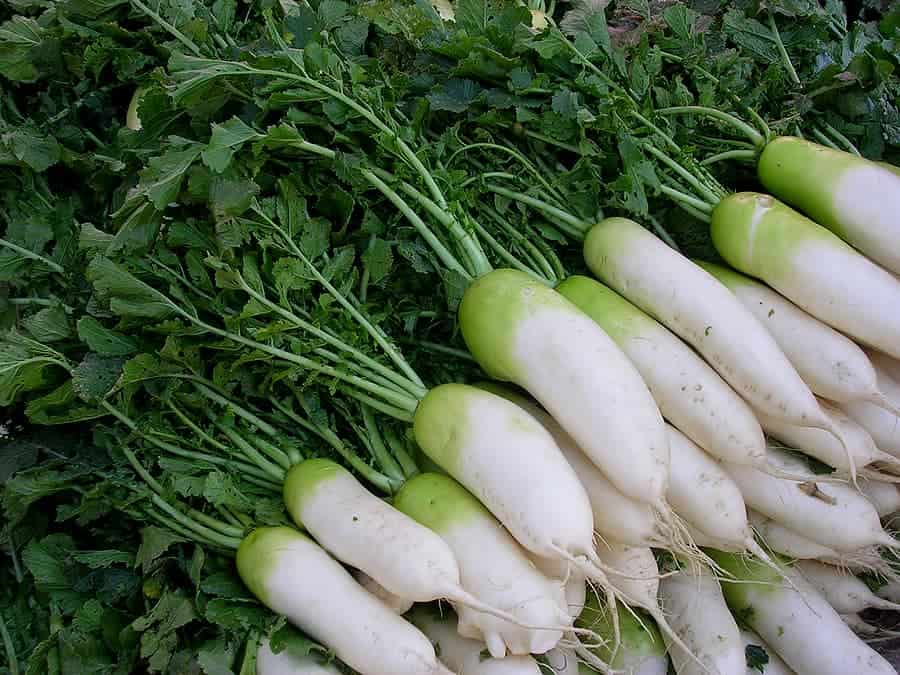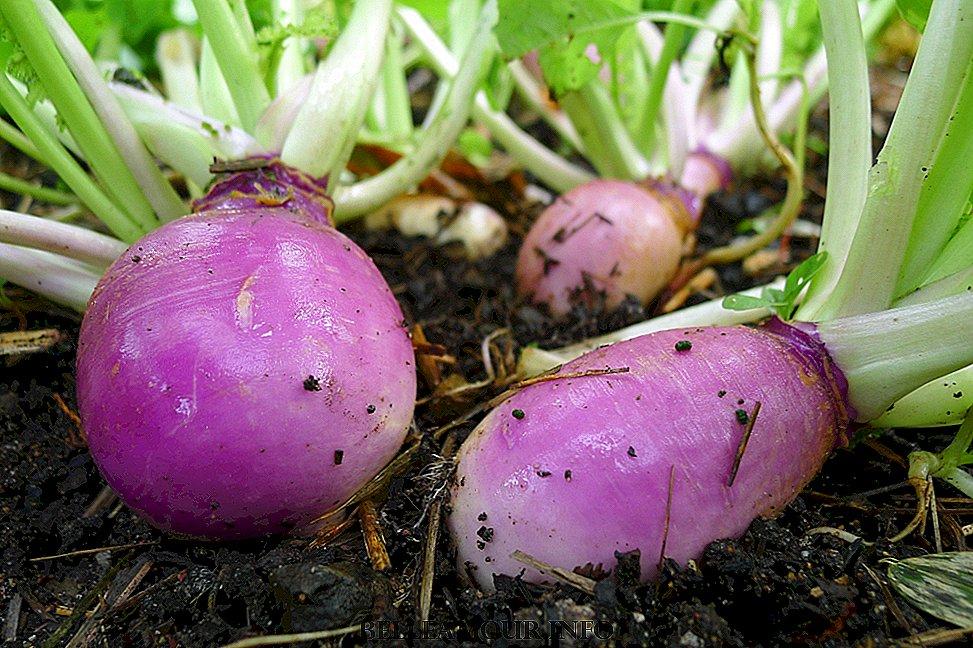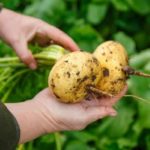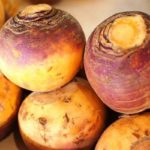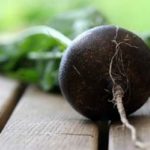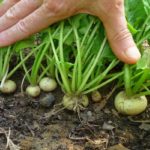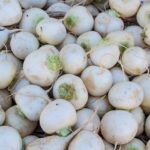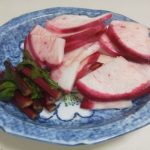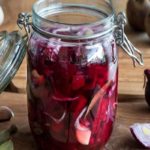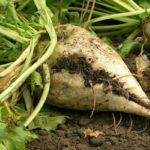Forage turnips have long been overshadowed by their relatives, rutabaga and common turnips. The vegetable, also called turnip, has medicinal properties, adds variety to the menu and is easy to grow. It has been known in Scandinavia since Viking times. In Ancient Egypt, Rome and Greece, root vegetables were as indispensable as bread in Rus'. With the advent of potatoes, they began to be grown primarily for animal feed.
Description of the plant
Turnip is a root biennial of the Brassica family and is a separate subspecies that belongs to the Turnip species. The Latin name of the plant is Brassica rapa.
Turnips are exclusively an agricultural crop and are not found in nature. One thousand centners of vegetables are harvested from one hectare. It comes in fodder varieties, which are grown on a large scale in fields, and table varieties, intended for private gardening.
In turnips, not only the root crop is edible, but also the tops, and the cultivation technology is similar to radishes, beets and turnips. The small-fruited red and white vegetable looks similar to radishes, only larger.
The seeds have high germination rate. Young plants are resistant to frost down to -5 degrees. Turnips can be planted several times a year. Spring planting will give an early harvest, and summer planting will provide a supply of vegetables for the winter.
Appearance
Turnips are related to cabbage and belong to the same genus. But its appearance lacks multi-layered foliage.
The root vegetable can be difficult to distinguish from a turnip, so sometimes it is called the same, only with the clarification “fodder”. In the West, table varieties of turnips are called turnips. The main difference between vegetables is size. True turnips are larger.
External characteristics of turnip:
| Criterion | Description |
| Root shape | Flattened oval, fusiform, round, cylindrical |
| Color | Light purple, white, pale orange, yellow, white pink |
| Leaves | Oval-elongated, dissected, jagged along the edges, green, with a slight edge in forage varieties and smooth in table varieties. |
| Root system | Branched, reaches 80-150 centimeters in depth and 50 centimeters in width. |
| Flowers | Yellow, with four petals, collected in inflorescences, formed at the ends of peduncles |
| Fruit | Pods with small round brown seeds. |
In the first year after planting, the fodder turnip tops resemble a rosette of lyre-shaped dissected leaves. In the second year, flower stalks appear in it. The pulp is white or yellow.
Growth area
Turnip is on the list of the main crops in agriculture in European countries and the North American continent. The main foreign producers of vegetables are Germany, Denmark, Great Britain, Canada, USA and Australia.
In Russia, agricultural land with forage turnips is located in the northern, southern and central regions, in Siberia, the Urals, the Caucasus and the Far East. It is grown even in the Arctic. Collected vegetables are stored in piles, trenches or vegetable stores.
Taste characteristics
Table varieties of turnips have a pleasant vegetable taste. They are juicy and sweet, similar to carrots or potatoes, more tender than turnips. The raw root vegetable is hard and crunchy, but when boiled it becomes soft. The finished vegetable exudes a spicy, rich aroma. The leaves have a mustard flavor.
Fodder turnips are bitter like radishes. Overgrown table root vegetables also have a bitter taste and fibrous pulp. But you can get rid of the bitterness by pouring boiling water over the vegetables.
Popular varieties
You can grow any variety of turnips in your summer cottage. The vegetable grows in sunny and shaded beds, survives dampness and drought. Sandy, sandy loam, loamy soil is suitable for its cultivation. Organic and mineral fertilizers are used for feeding.
The following varieties have won the recognition of gardeners:
- Greystone - a forage species is easy to collect, since weak roots almost do not hold it in the ground;
- Yellow Tankard - dark yellow pulp acquires a piquant taste after cooking;
- Finnish-Bortfeldsky - produces juicy roots and powerful tops;
- Long Bortfeld - characterized by high productivity, large tasty root crops;
- Yellow violet-headed is a two-color, non-succulent variety with short tops;
- Norfolk white round - a table species with white flesh that grows almost on the surface of the ground;
- Six-week-old - a variety with a white core and large, strong tops;
- White ball - the table variety is distinguished by its spherical shape and purple root color;
- Redhead - produces dark root vegetables with juicy white flesh;
- Ostersundomsky is a purple-white variety with a slightly bitter taste.
Varieties of turnips appeared as a result of selective breeding. The vegetable is easily propagated by seeds, which are planted directly in the ground or germinated for seedlings.
Fruit selection
Turnips are sold by weight in markets and grocery stores. It is better to choose small root vegetables. Large vegetables are often fibrous and less juicy.
Soft turnips will be loose after cooking, so firm specimens should be preferred. Other signs of a good vegetable are heaviness, smooth skin, and the absence of splits and dark spots.
Difference from rutabaga
Turnips and rutabaga are similar because they belong to the same Brassica family. Both vegetables are early ripening root crops, have the same vegetative cycle, and are grown for animal feed and for the table. But rutabaga belongs to the genus Rapeseed and is obtained by crossing white cabbage and turnip. Turnips are selectively bred from turnips.
Other differences between vegetables:
| Criterion | Swede | Turnips |
| Leaves | Smooth | Smooth and hairy |
| Flowers | Racemose | Corymbose inflorescences |
| Root shape | Oval | Various from ball to cylinder |
| Germination | At a minimum temperature of +1-2 degrees | At -5 degrees below zero, it comes faster |
| Average weight of ripe root crop | 0.3-2 kilograms | 600 grams |
Forage turnips grow best in light soil. Rutabaga prefers heavy, moist soil.
Chemical composition
Turnip is a natural complex of vitamins, minerals and beneficial microelements. The vegetable contains glucose. Mustard oils give it a specific taste. Fodder turnip is a healthy and light product. The energy value of 100 grams of raw vegetable is 28 kilocalories.
Content of nutrients in root vegetables:
| Name | Quantity in grams |
| Squirrels | 0,9 |
| Carbohydrates | 6,4 |
| Fats | 0,1 |
| Water | 91,8 |
| Sodium | 0,067 |
| Potassium | 0,19 |
| Phosphorus | 0,027 |
| Magnesium | 0,011 |
| Calcium | 0,03 |
| Copper | 0,085 |
Turnips contain folic acid and folates, amino acids and phytosterols, fatty acids and cellulose, vitamins A and E, carotene. Young tops contain a lot of vitamin C. The vegetable is also rich in the semi-vitamin choline, which is beneficial for brain function.
Useful properties and contraindications
Turnips are a source of fiber that is good for digestion. Regular consumption of the vegetable helps in the prevention of atherosclerosis due to the presence of mustard oils and potassium.
Fodder turnip is useful for people with vision problems. The vegetable helps replenish the pigment rhodopsin, which improves the conductivity of light impulses and reduces the risk of developing night blindness.
The low-calorie product is included in weight loss diets. It is also useful to include fodder turnips, rich in iron, in the menu for anemia. Omega-3 fatty acids give the vegetable the ability to reduce the tendency of body tissues to inflammation. It is recommended to drink a decoction of the tops for joint diseases and rheumatic pain.
Turnips are useful for women during pregnancy.Its use helps normalize stool and prevent the development of hemorrhoids. The vegetable is also useful for people prone to or recovering from cancer. Substances in its composition reduce the risk of tumors and mutations.
Other beneficial properties of turnip:
- antibacterial effect;
- improved blood circulation;
- normalization of sleep;
- strengthening mucous membranes;
- decreased blood sugar;
- removal of excess salts and liquids;
- slowing down aging;
- restoration of metabolism.
Turnip is contraindicated in case of individual sensitivity to substances in the product. The vegetable is not recommended for use during the acute phase of gastritis and stomach ulcers. You should also limit the amount of fodder turnips in the diet in case of urolithiasis, thyroid dysfunction and a tendency to bloating.
Due to the specific taste and bitterness, turnips should not be consumed by women while breastfeeding. The child may develop indigestion, allergies, and colic. Children are recommended to eat vegetables from the age of two.
Application
Fodder turnips are sometimes not collected, but cattle are released into the field. It eats the tops and tops of root crops. The remaining roots are dug up and given to the pigs.
Vegetables from your own garden are a useful addition to the diet of livestock. It is especially useful for dairy cows and goats, as it increases milk yield. The milk turns out fatty, but with a slight bitterness. To prevent the vegetable from affecting the taste of milk, animals are fed 2 hours before milking. Cows consume up to 16 kilograms of turnip per day.
Fodder turnip is a useful ingredient in medicinal and vegetarian diets. The juice is squeezed out of the root vegetable and added to vitamin fresh drinks.Its main areas of application are medicine and cooking.
In medicine
Turnip is a popular folk remedy for treating various diseases. A decoction is prepared from root vegetables, which helps against coughs, asthma attacks and pharyngitis, as well as constipation, inflammation, and gout. The juice is drunk to remove toxins from the body.
In folk medicine, a reliable remedy for frostbite is used - a compress of grated root vegetables and goose fat. For 4 tablespoons of fat you need 60 grams of turnip. The damaged area of the body is covered with the resulting mixture and wrapped in a towel.
In cosmetology, turnip juice is used to lighten skin, freckles, age spots, and also to fight inflammation. A mixture of raw root vegetables mashed into a paste with olive, linseed, and castor oil is a nourishing mask for mature skin. Grated turnip with milk is a remedy for dry face. Masks with vegetables should be washed off after 15 minutes.
In cooking
Turnips are a universal vegetable that is suitable for preparing first and second courses, salads, and pies. It is boiled, steamed, stewed, baked. The root vegetable serves as a side dish for fatty meats, such as pork or lamb.
In soups, turnips are combined with potatoes, onions and leeks, carrots, and celery stalks. It is added to rice or pearl barley soup. Turnips take longer to cook than other vegetables, so they, like potatoes, are added to the boiling water first. Seasonings combined with root vegetables include bay leaf, black pepper, and parsley.
Fodder turnips are prepared as an independent dish in a creamy sauce, with cheese and the addition of chicken broth. Grated root vegetables or chopped tops are added to vegetable salads. They are combined with mayonnaise, sour cream dressings and vegetable oils.
Sliced turnip leaves are also prepared separately - stewed with garlic and spices in olive oil.
Interesting Facts
The weight of some fodder turnip roots reaches a kilogram. The record-breaking specimen grew on a farm in Alaska in 2004. A turnip weighing almost 18 kilograms was included in the Guinness Book of Records.
Unusual facts about the root vegetable:
- in the USA they prepare stewed turnips with ham and baked in pots;
- in Japan, a popular dish is kabu - fried turnip slices with salt;
- American and British scientists came to the conclusion that vegetables such as forage turnips were the engine of evolution. From eating root vegetables, people developed brain activity and began to populate new lands;
- in Ireland, on All Hallows' Eve, scary eyes and smiles are carved out of turnips, not pumpkins;
- in Ancient Greece and Egypt, fodder turnip was considered the food of slaves, and in the Middle Ages it turned into a delicacy;
- the vegetable is a natural deodorant. Turnip juice eliminates sweat odor.
A little-known root vegetable with an unusual name is immortalized in Soviet culture. In 1984, Alexander Ivanov and the group “Rondo” released an album called “Turnips”.

